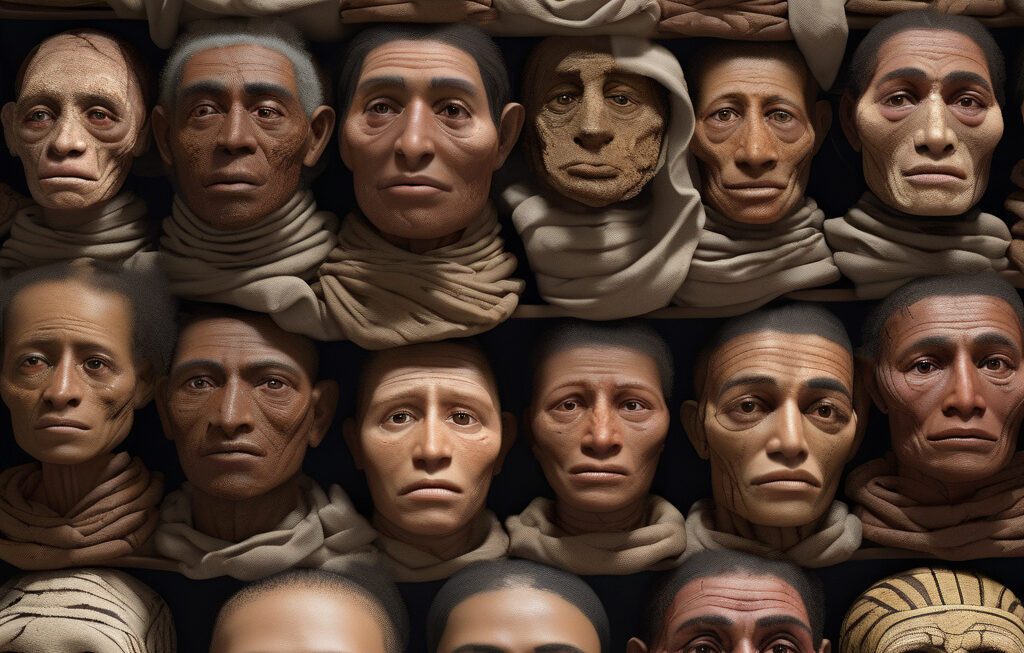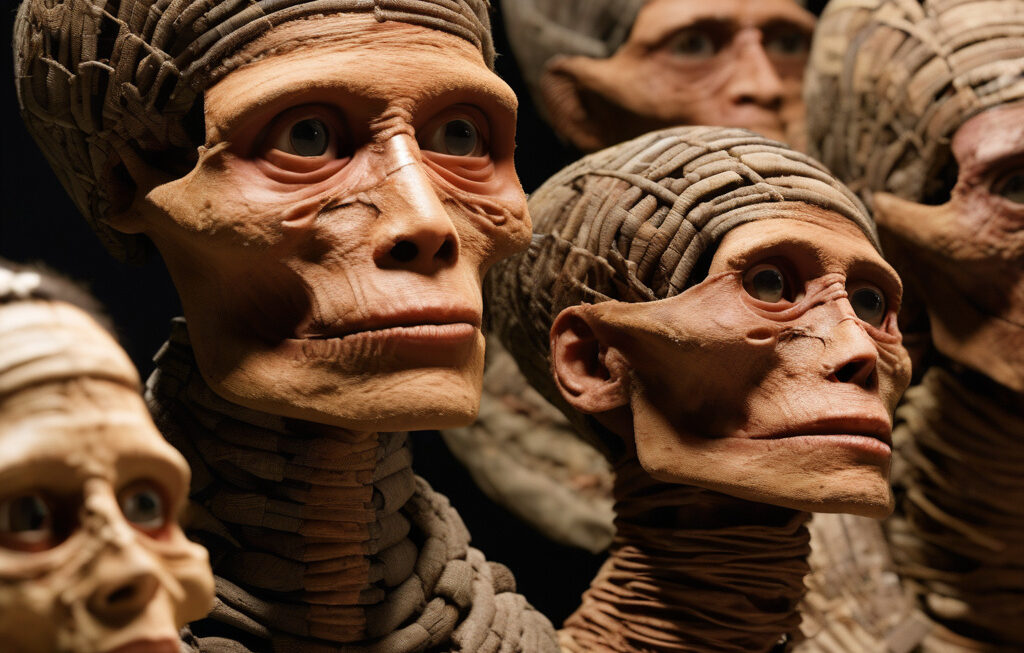Stone tools uncover 140,000-year-old human history in the Mongolian Gobi
A groundbreaking new study reveals that ancient human groups inhabited the Mongolian Gobi Desert when the climate was significantly milder than it is today. The discovery of stone tools dating back 140,000 years provides a fascinating glimpse into the lives of early humans who roamed this harsh landscape, challenging previous beliefs about the region’s history.
The findings, published in the journal Science, shed light on the resilience and adaptability of our ancestors. Despite the arid conditions of the Gobi Desert, these early humans thrived by utilizing stone tools to hunt, gather, and create shelter. The sophistication of the tools unearthed at the site suggests a level of technological advancement that was previously underestimated.
Archaeologists working in the region have long been intrigued by the sparse evidence of human occupation in the Mongolian Gobi. The discovery of these ancient stone tools not only confirms human presence in the area but also raises new questions about how these early inhabitants survived and interacted with their environment.
One of the most significant implications of this discovery is the timeline it establishes for human migration patterns. The presence of advanced stone tools in the Gobi Desert 140,000 years ago suggests that early humans were capable of traversing vast distances and adapting to diverse climates much earlier than previously thought. This challenges conventional theories about the timeline of human expansion and colonization.
Furthermore, the study highlights the importance of interdisciplinary research in unraveling the mysteries of human history. By combining archaeological evidence with geological and environmental data, researchers were able to piece together a more comprehensive understanding of the ancient inhabitants of the Mongolian Gobi. This holistic approach offers valuable insights into how early humans coped with environmental changes and developed innovative strategies for survival.
The implications of this study extend far beyond the field of archaeology. By uncovering the deep roots of human presence in the Mongolian Gobi, researchers are contributing to our collective knowledge of human evolution and cultural development. The ability of early humans to thrive in such challenging environments speaks to the resilience and ingenuity that have characterized our species throughout history.
As we reflect on the significance of these findings, it becomes clear that the story of human history is far more complex and nuanced than we may have imagined. The stone tools discovered in the Mongolian Gobi serve as a tangible link to our ancient past, reminding us of the challenges overcome by our ancestors and the legacy of innovation they have passed down to us.
In conclusion, the revelation of 140,000-year-old stone tools in the Mongolian Gobi offers a compelling glimpse into the lives of early humans who inhabited this harsh and unforgiving landscape. This discovery not only reshapes our understanding of human history and migration patterns but also underscores the remarkable adaptability and resilience of our species in the face of adversity.
#StoneTools, #MongolianGobi, #HumanHistory, #Archaeology, #AncientCivilizations












